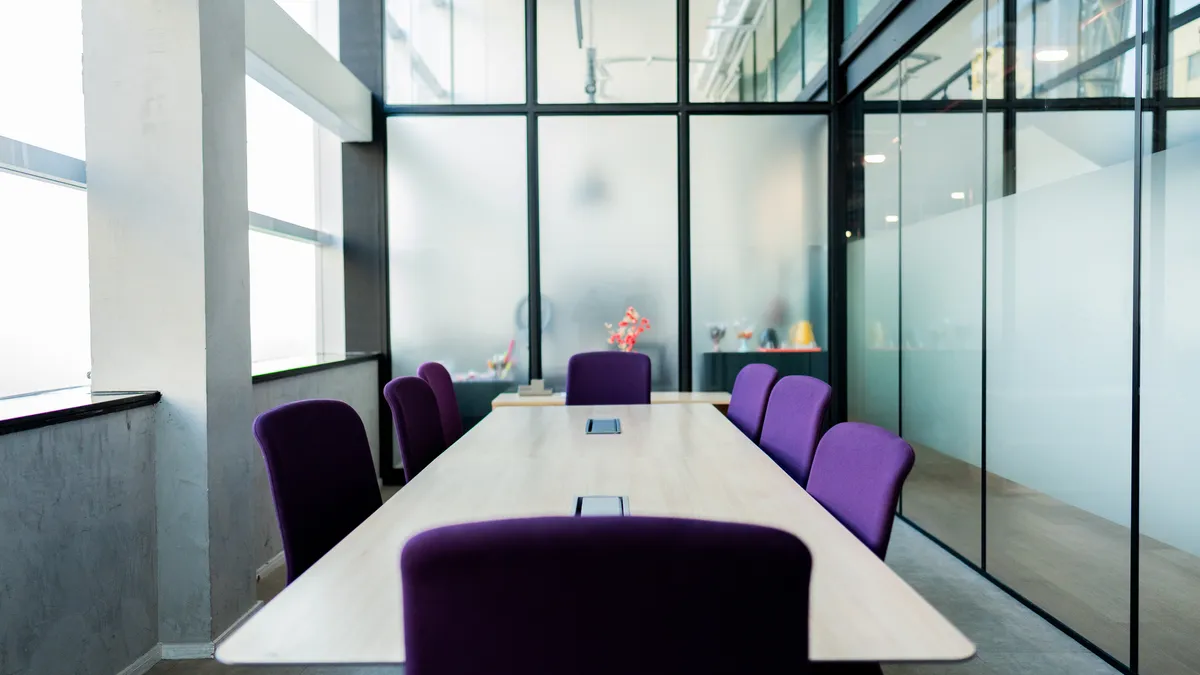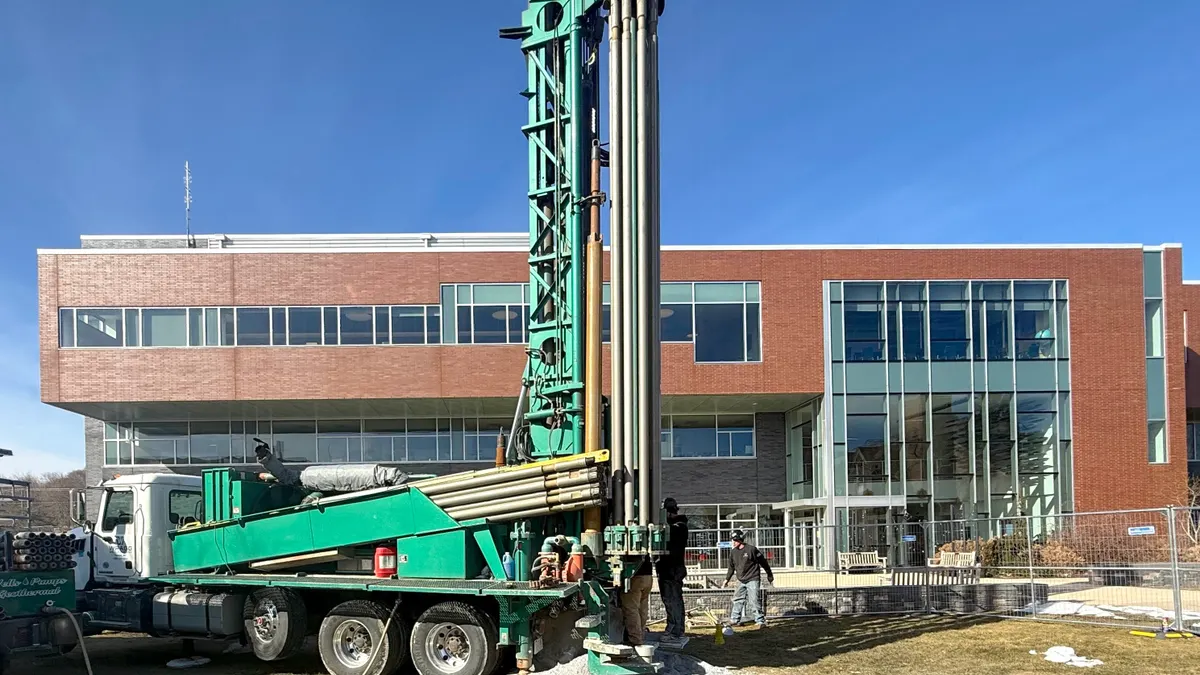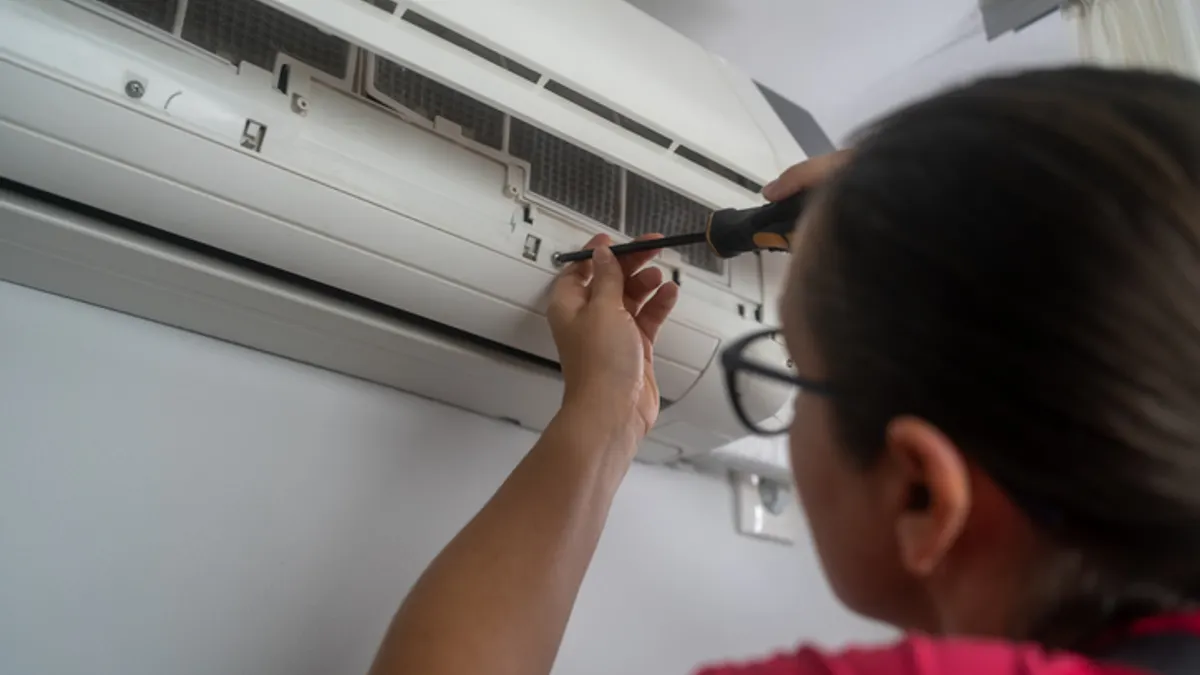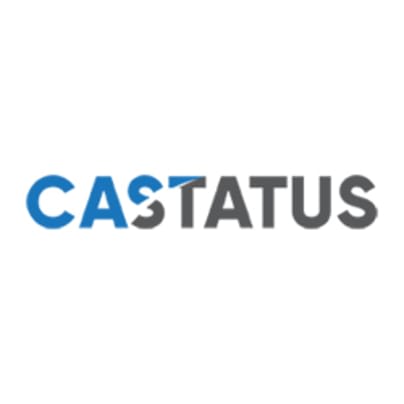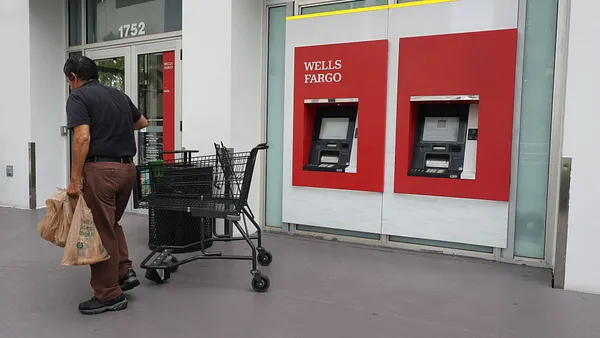Dive Brief:
- “Ghosting” — a practice in which individuals do not show up for meetings they have booked — presents a challenge to office capacity usage, according to a report by occupancy intelligence firm VergeSense.
- The company’s Q3 Occupancy Intelligence Index found that office capacity usage rose nearly 12% in the third quarter, with global peak capacity usage more than doubling on Tuesdays, Wednesdays and Thursdays. Although the time spent in focus spaces remained fairly consistent across the week in the Americas, time spent in collaborative spaces rose to 18% in the middle of the week, compared with 14% across all weekdays.
- The average number of participants in a meeting room is fewer than three, yet 47% of all conference rooms are designed for groups of 5 or more, the report states. To bridge that gap, VergeSense suggests adjusting room capacities based on actual usage data and focusing on increasing the supply of the most popular meeting room types.
Dive Insight:
Against the backdrop of uncertainty around changing space utilization due to return-to-office mandates, organizations and operators seek to understand how office spaces are actually being used. The term “utilization,” VergeSense notes, lacks a standardized definition and can vary in meaning.
According to Kastle Systems’ Back to Work Barometer for the week ending Oct. 16, the average office occupancy in the 10 largest U.S. metro areas stood 49.8%. In other words, badge data show that office attendance, averaged weekly, was “nearly half of what it was pre-pandemic,” VergeSense states in the report. It asserts, however, that badge data cannot be used as a primary data point for making decisions on office consolidation, office redesigns, meeting room supply and occupancy planning. It has designed its index to measure capacity usage as a percentage, thus it can normalize variations in how customers define capacity. In this measure, office capacity “will always seem low in comparison to [utilization rates] being cited” in the news, it states.
“The fact that globally, offices are only at 12% capacity usage while meeting rooms are frequently unavailable represents a 'breaking point' in offices that occupancy planners and space designers can work together to address,” Dan Ryan, co-founder and CEO of VergeSense, said in the release. “There's a major opportunity to use data to inform smarter designs and technology to create a more seamless experience for our teams."
A key trend the report notes is that a significant amount of “unused time” is being left on the calendar from meetings that conclude ahead of schedule. Regardless of room size, 25% of meetings end at least 15 minutes earlier than planned, it states. The space could be reclaimed, returned to the calendar and used by other team members who require a gathering spot for a few minutes, it suggests. Automating the recovery of these unused minutes — using technology to re-release a meeting room that is not in use — can help to solve this problem, VergeSense adds.
The report identifies “on-the-fly” sessions, or those with no formal bookings, as a dominant pattern in the current office environment — responsible for 27% of all meeting room usage hours in the third quarter, it states. It also said that employees may occupy meeting rooms with personal objects but leave the room to interact with colleagues elsewhere.
To combat these behavioral trends, VergeSense recommends that operators conduct qualitative surveys to determine why meeting spaces are not fully utilized and implement smart lockers to give workers space for their belongings. The report also suggests adjusting room capacities based on actual usage data and increasing the supply of the most popular meeting room types, “especially for 2 to 3-person rooms.”
The Occupancy Intelligence Index contains occupancy data from over 200 companies across 45 countries and 75 million square feet managed on VergeSense’s platform.


